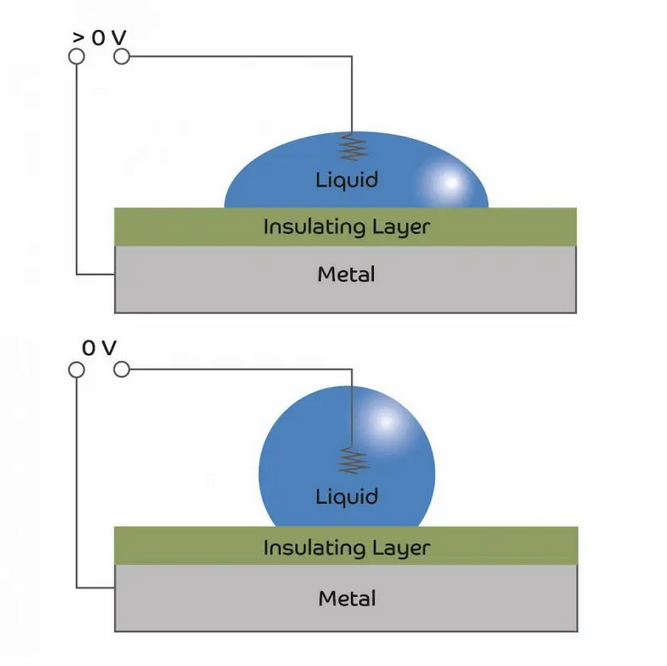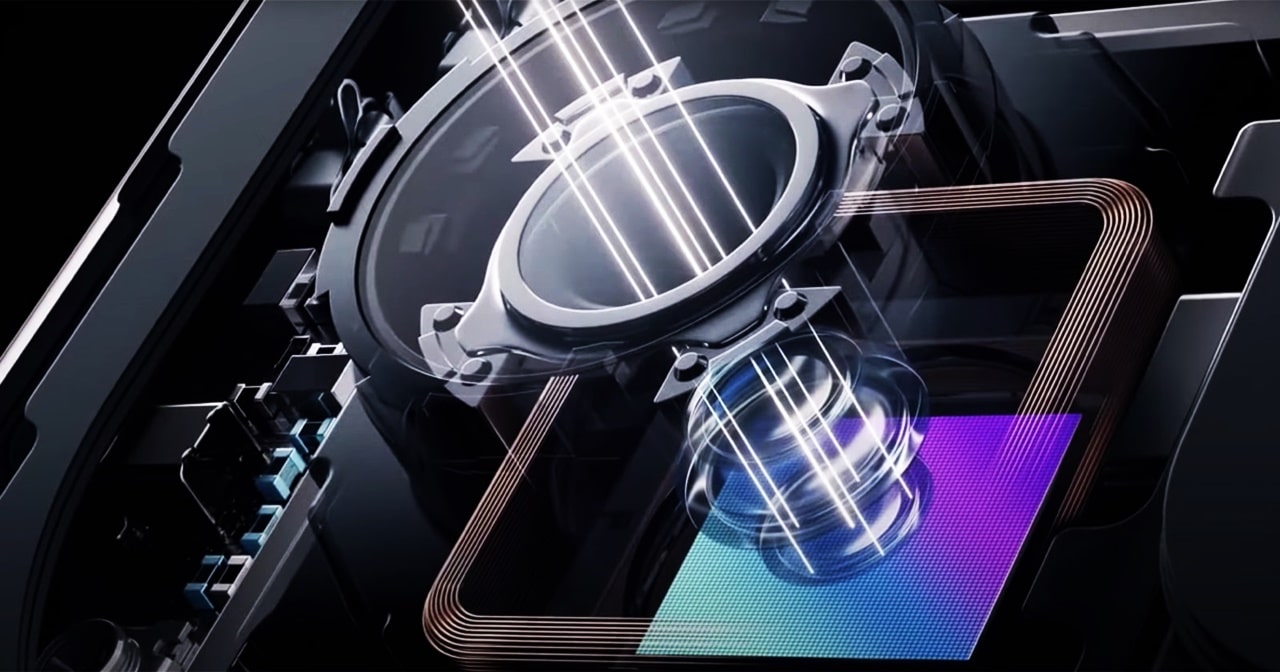With the gradual improvement of cameras every single year, they have become an integral part of our lives. With the introduction of autofocus and ease of use, using cameras by the general public is not rocket science anymore. But, still, one area where cameras lack, is the lack of flexibility when it comes to changing focal lengths. And that is exactly what liquid lens strives to solve. So, in this article, we are going to learn everything there is to know about the liquid lens.
Mechanical Vs Liquid Lens
What is Liquid Lens Technology?
The most unique factor that differentiates the liquid lens from that of mechanical ones is the lack of any mechanical parts. That means the idea of using multiple lenses for different purposes in a smartphone can be easily replaced by a single liquid lens. Another great aspect is that the liquid lens doesn’t require any considerable distance while changing its focal length.
So, one can always attain a smaller form factor in order to attain the same results if not better for the same purpose. But, what is it exactly that enables a liquid lens to change its shape and focal length? That is what we are going to discuss in the next section.
Working Principle Behind Liquid Lens
One of the most fascinating aspects of a liquid lens is the speed at which it can change shape. This is achieved by placing the liquid on a hydrophobic surface. This, in turn, repeals and holds together the molecules. Later, the liquid is subjected to an electric field while another conductive material is put under the hydrophobic surface.

So, modulating the electric field, the shape of the liquid can be easily changed, enabling it to attain various focal points almost instantaneously. Once the sensor picks up those changes, you can easily get different image results. Bear in mind, we have oversimplified the entire process for a better understanding. There’s a lot more complicated technology at play within the liquid lens.
Advantages of Using Liquid Lens

Now that you have a clear understanding of liquid lenses, let’s have a look at what makes them so special. Here is a list of some of the benefits you can reap while using a liquid lens.
1. Multiple Focal Lens within One Lens
In fact, this is by far one of the biggest benefits of using the liquid lens in the first place. Even without the presence of any moving part whatsoever, a liquid lens can offer you multiple focal lengths at the same time. That means, even on smaller form factors, you can exactly sharp images with a varied field of view.
2. Change of Focal Length Within Milliseconds
You would be surprised to know that, liquid lenses are not only capable of changing focal length but that too within a matter of milliseconds. Even while on a mechanical lens it requires time to adjust.
3. Reduced Risk for Damage
While using the liquid lens, the chances of getting them damaged are significantly lower. And this is primarily because of the absence of any moving parts. So, this, in turn, makes the lens shock-resistant. In case you drop your smartphone, you can simply pick them up without any worries.
4. Improved Lifespan
The mechanical part of the conventional lens tends to wear out. Even when you are not using them. The liquid lens on the other hand can have a prolonged lifespan based on its usage. In fact, they can perform millions of cycles before getting completely unusable.
5. Better Image Stabilization
Human errors were one of the main reasons OIS/EIS came into existence. The liquid lens on the other hand can actually provide a counterbalance for such movements ensuring better stable images.
Smartphone Companies using Liquid Lens
As of now, only Xiaomi has adapted the liquid lens technology, where one of its cameras doubles up as a telephoto as well as a macro lens. Huawei is also following the same footsteps, after it filed its patent back in May 2020. Once both of these smartphone manufacturers manage to pull off using a liquid lens, we can expect more smartphones with the same in the consumer market.
Also Read: What is Dolby Vision?
The Bottom Line
This goes without saying, Liquid lenses are the future of imaging technology. And in the coming few years, we can expect adaptation at a large scale. Not only it is superior as compared to the mechanical lens, but at the same time, it is also cost-effective. So, let us know in the comment section below.
Are You Excited Trying Out Liquid Lens on Your Smartphone?












